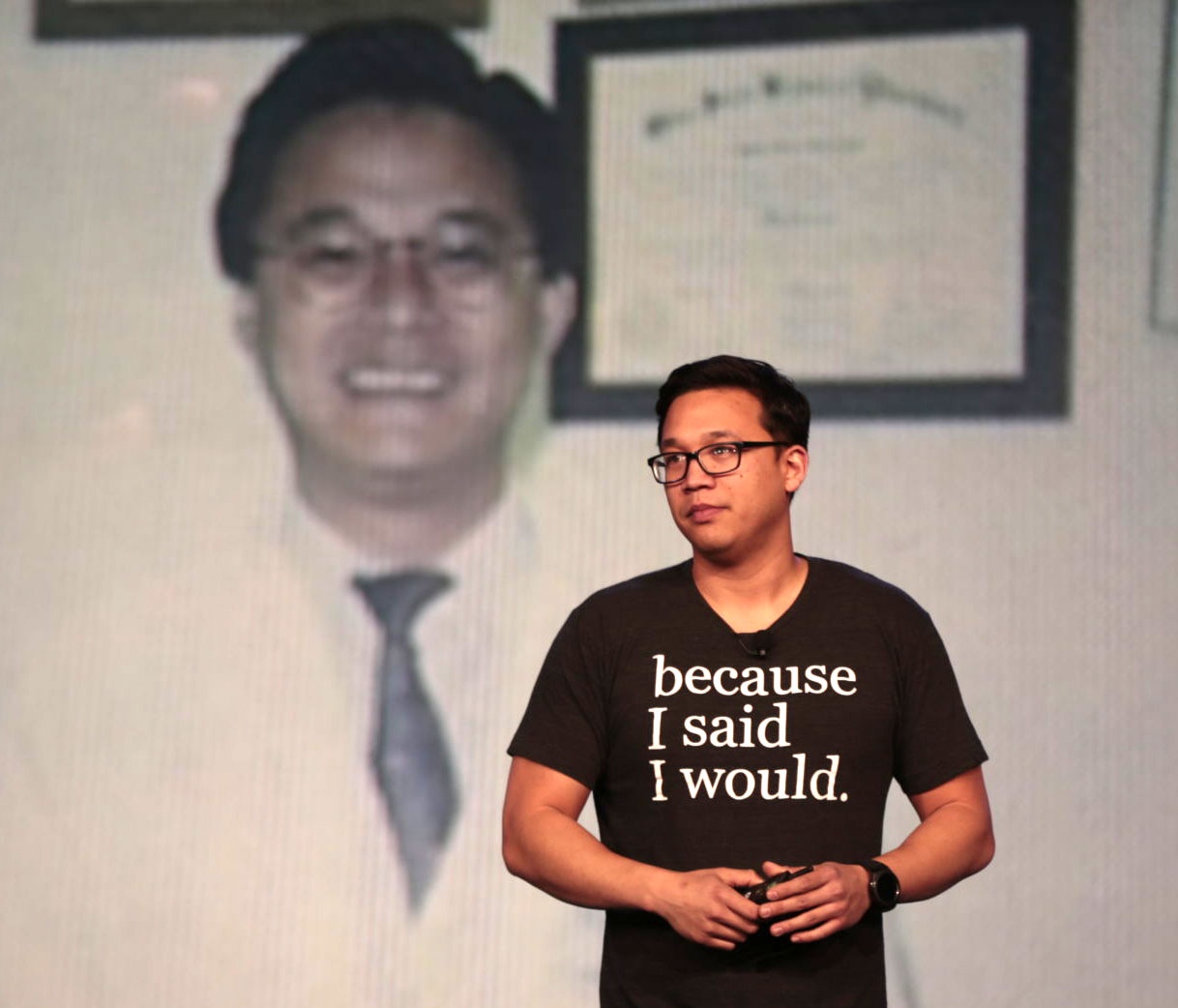Perhaps more than any other segment within the broader 3D printing industry these days, additive construction (AC) falls victim to too much hype. There are obvious reasons for this. For one, the rest of the industry has advanced so much in recent years, that the reality in other sectors has actually started to live up to much of the hype which characterized 3D printing news at the beginning of the last decade. For another, 3D printed houses are exciting! It’s hard not to get hyped up about a potential turnkey solution for solving a crisis as daunting as the global housing shortage.
This context sheds light on what was so refreshing about the inaugural 3D Printed Housing Conference, a virtual event held on May 9 – 10, 2022. The event’s tone was set right off the bat, when Alex Sheen — the show’s MC, as well as the CEO of nonprofit “because I said I would” and startup Ctrl C Construction — presented a general debunker regarding some of the prevalent, overly optimistic misconceptions about the current state of the industry.

Probably most significantly, Sheen made sure to remind everyone present that 3D printed houses are still at least a couple of years away from being cheaper than homes built with conventional methods. Similarly, Jon Belkowitz, the director of R&D at Intelligent Concrete, started his presentation off with a slide instructing the sector to “STOP GIVING YOURSELF HIGH FIVES!” This could probably be considered the slogan of the conference.

Nevertheless, the tone of the event was anything but dour. Instead, the right word for it is “serious”. The industry’s leaders are serious about changing the construction industry, and are anything but naive about how great of a task that is. Moreover, they’re all intensely focused on and passionate about the intricate minutiae constituting their respective areas of expertise.

For example, Belkowitz — who, it’s safe to say, was quite a character — said (to paraphrase) that the materials engineer an AC team should want to hire is someone who goes to sleep and wakes up thinking about concrete. Again, everyone in the sector seems to be like this in their own way, which is far more reassuring than vague optimism. Everyone who participated, whether it was one of the scheduled speakers giving a talk on livestream or one of the attendees asking questions/commenting in the chat, had a sense of urgency about the work being discussed.
Four key takeaways from the conference:
1. Greater standardization of industry practices will be necessary in order for the industry to move forward. Virtually all of the speakers mentioned this. On the plus side, it doesn’t sound like the process for getting 3D printed homes built is all that different from getting permits for building conventional homes. In that sense, further involvement of formal regulatory processes in establishing new codes and laws related to 3D printed houses will probably be minimal.
2. To follow up from the first point—industry standardization, rather than via regulation, is more likely to be achieved simply in the course of the AC sector’s overall scale-up. Along these lines, one point emphasized continuously by Sheen was the great extent to which advances in the industry are emerging out of academia. This is probably unsurprising given the nature of the 3D printing industry as a whole, but it’s significant insofar as it suggests that, in the near future, the best business opportunities in the sector will probably continue to involve partnerships with public institutions and nonprofits, including universities. One positive aspect to the likelihood that the funding for scaling up the sector will largely come from the government, is the equal likelihood that this will bring along with it security and uniformity in the regulatory process.
3. The future of the industry is in leasing machines and operational training. Although the industry’s growth will remain slow for the time being, that growth is currently being limited more by supply than demand — another reason that the next couple of years will be especially crucial for investment in the industry. Leasing will not only help manage the industry’s carbon footprint in the long-run, it will allow for as many houses to be built per machine as possible. It’s critical that more machines be built, but what’s even more critical for the industry’s growth is that more workers be trained in the application of AC techniques.
4. COBOD sells a lot of machines—more than all the other companies in the AC sector combined. As such, much of the standardization in the industry will continue to come from COBOD simply from its being such a large presence in the sector. It will be solidified, further, by the competition between other companies, such as Black Buffalo and ICON (which was not at the conference), to be the second-biggest hardware manufacturer in the industry.
Overall, the straightforwardness and realistic expectations set by the speakers at the event left me more hopeful for the sector’s future. The conference reiterated to me that the sector is ready to be taken seriously.
Thanks to Kevin Hardin of Ctrl C Construction for letting me attend the event.
Feature image courtesy of COBOD.
Subscribe to Our Email Newsletter
Stay up-to-date on all the latest news from the 3D printing industry and receive information and offers from third party vendors.
Print Services
Upload your 3D Models and get them printed quickly and efficiently.
You May Also Like
Nikon SLM Solutions Sells SLM 500 to Primary Weapon Systems to Expand Suppressor Production
Primary Weapons Systems (PWS) is a Boise, Idaho-based manufacturer of suppressors, firearms, and related components. A subsidiary of Vigilant Gear and a sister company to aftermarket Glock slide manufacturer Lone...
3DPOD 261: Tooling and Cooling for AM with Jason Murphy, NXC MFG
Jason Murphy´s NXC MFG (Next Chapter Manufacturing) is not a generalist service; instead, the company specializes in making tooling. Using LPBF and binder jet, the company produces some of the...
HP and Firestorm Labs Form Partnership to Use Multi Jet Fusion 3D Printers in Deployable Factories
HP Inc., maker of a range of additive manufacturing (AM) solutions including the Multi Jet Fusion (MJF) ecosystem, has announced a partnership with Firestorm Labs, a developer of containerized, deployable...
3D Printing News Briefs, July 2, 2025: Copper Alloys, Defense Manufacturing, & More
We’re starting off with metals in today’s 3D Printing News Briefs, as Farsoon has unveiled a large-scale AM solution for copper alloys, and Meltio used its wire-laser metal solution to...
































